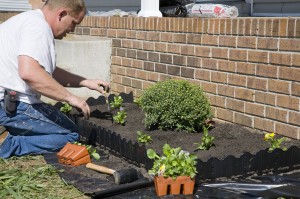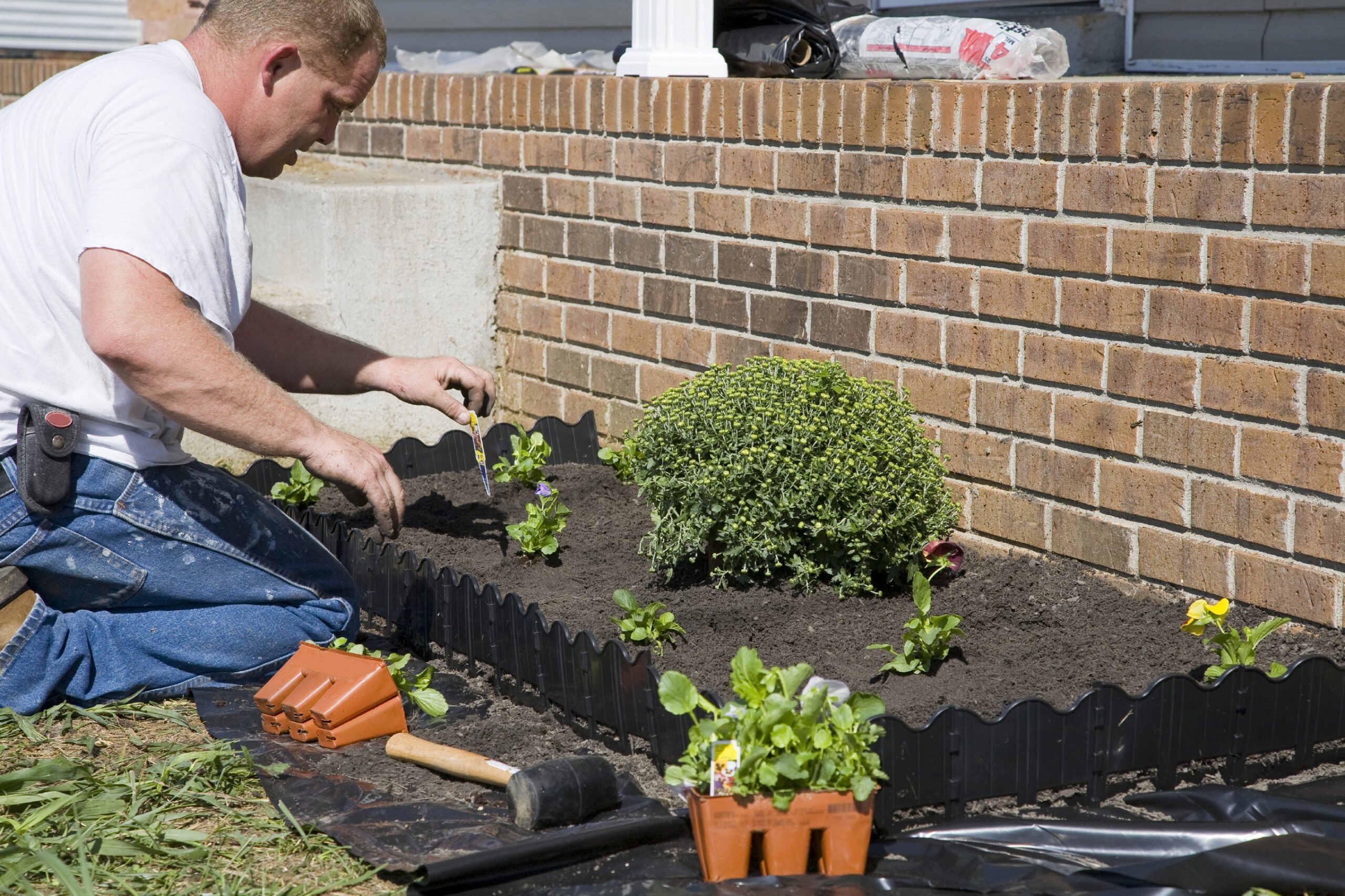 Businesses and residential properties share one major thing in common: they both want great looking landscaping. If almost everyone wants their yard to look excellent, what is it that makes some landscapes look less than impressive? There are numerous mistakes that can be made when planning for landscaping, including not planning at all.
Businesses and residential properties share one major thing in common: they both want great looking landscaping. If almost everyone wants their yard to look excellent, what is it that makes some landscapes look less than impressive? There are numerous mistakes that can be made when planning for landscaping, including not planning at all.
In order to achieve the best looking landscaping on the block, here are 7 of the biggest landscaping fails you should avoid.
1. Not Starting With A Solid Plan
If you’re the type that likes to do things as you go along, landscaping might not be the best task to utilize this mentality. Just like any building, you need a solid foundation (soil) in order to start a successful garden. But soil is not the only thing to plan for. A lot of thought goes into great landscaping, such as picking out appropriate plants for your region, and ensuring adequate water sources to all greenery.
Without a plan you could end up with flowers in places they won’t thrive, or a row of bushes without access to a water supply. Over all, unplanned landscaping tends to show as it looks rather disheveled and unorganized.
Draw out your landscaping plans, and double check everything will work according to this plan before you ever start digging up soil and planting new trees. In the end a little extra time planning will truly pay off, on the other hand poorly planned landscaping will make you pay up.
2. Forgetting To Think About The View From Inside
This is one of the easiest mistakes to make, after all when planning for landscaping your head is outdoors, not indoors. Yet, those inside a building, house, or business, will be looking out through the windows everyday, will they like what they see? Does your overall design plan match well with the indoor décor so that the landscaping outside doesn’t look entirely different, and perhaps misplaced? Take the time to check out the view from inside looking out and see if your plans are going to offer a great view from both outside and in.
3. Ignoring Plans For Maintenance
Landscape elements are alive, meaning they require sun, water, oxygen, and a healthy dose of T.L.C. in order to thrive. Landscaping may look incredible when it is first completed, but without regular maintenance it will turn into an overgrown, brown mess.
During the planning process, take into consideration your budget for maintaining landscape to ensure you don’t add details that require more maintenance than you are able to provide. Maintaining your landscaping isn’t something you should figure out post-completion, within only a few days, or less, your landscaping will already need maintenance work.
4. Vines In All The Wrong Places
Vines are gorgeous but you must be careful where you place certain types of vines. Vines can penetrate structures, and some vines are capable of grasping onto the smallest holes and pores in a structure and wedging inside. The pressure of overgrown vines can lift an entire roof. Vines are gorgeous accent elements, but they do require a careful eye and regular trimming to keep surrounding structures safe.
5. Using Too Much Landscape Fabric
It is very common to use landscape fabric, but there are many complaints about the stuff one should consider before using it all over the yard. In some cases landscape fabric is necessary and serves its purpose well, but in other cases it can cause a world of issues for your landscaping. The main drawbacks to landscape fabric include:
- It kills soil. Soil is packed with natural fertilizers, but when soil is covered in fabric it goes from crumbly and moist, to dry and dead.
- Say goodbye to earthworms. Landscaping fabric makes the earthworms pack up and move down the road, but without worms the soil is not aerated or provided with the nutrients earthworms leave behind. All in all, this means your plants will not grow as well.
- Landscaping fabric is unnatural and unattractive, and all it really takes is one good gust of wind to blow away the mulch covering it.
- Roots can’t reach the soil. Oftentimes, plant roots start to grow above the landscape fabric in the mulch, but when these roots attempt to dig down into the soil for a meal, the fabric stands in the way. This means you will have a number of dead plants on your hands.
6. Forgetting That Plants Grow
Trees, shrubs and vines might look great when they are first planted but you have to keep in mind that plants are continually growing. Your landscape is going to look much more barren at first as opposed to a year or so down the line.
Make sure to find out just how much different plants are expected to grow in order to place them in sufficient locations where they will look great now, and as they grow. Plants that are near the edge of your property require extra special considerations, are they going to grow over into a neighboring property? Be a good neighbor and keep this in mind before landscaping.
7. Purchasing Cheap, Poorly Made Landscaping Materials
The flowers, grass, and vegetable garden make a garden pop, but that’s not the only important component of your landscaping. If the planters, light posts, and other accent pieces start to warp due to weather, or wear and tear, beautiful landscaping will suddenly look less than ideal.
The odd thing is, many products made and sold for outdoor landscaping are not actually up to the challenge. Researching the quality and durability of planters, benches, and other man-made accessories is fundamental. Otherwise, you risk your landscaping resembling materials found in a junkyard within only a few years, or less.
TerraCast Products provides the most durable, rust-resistant resin planters, lighting fixtures, furniture and more. Our products are guaranteed to stand up against the elements, ensuring your landscaping looks great long into the future.
Want to learn more? Here are 7 ways you can spruce up your landscaping.

